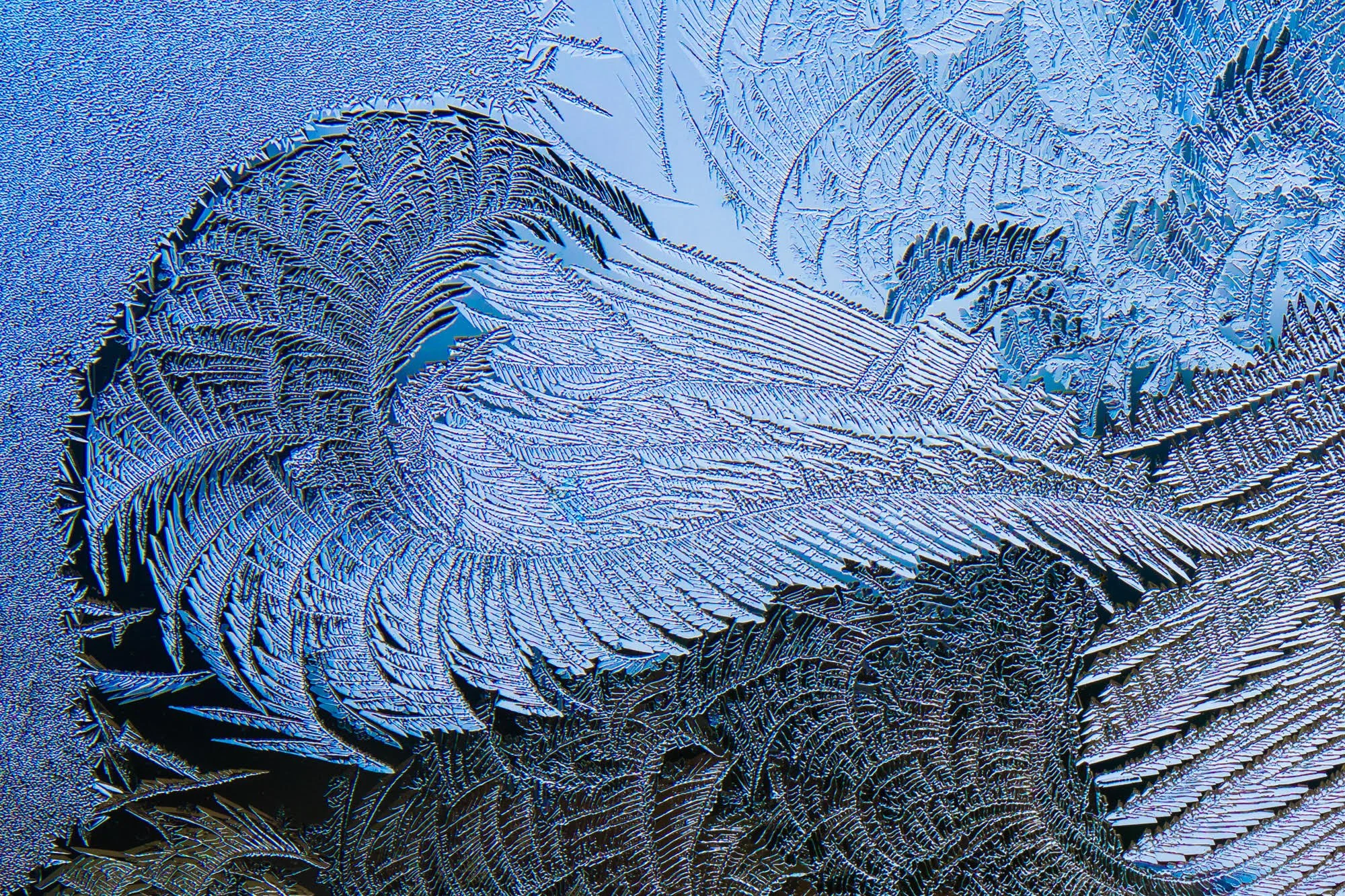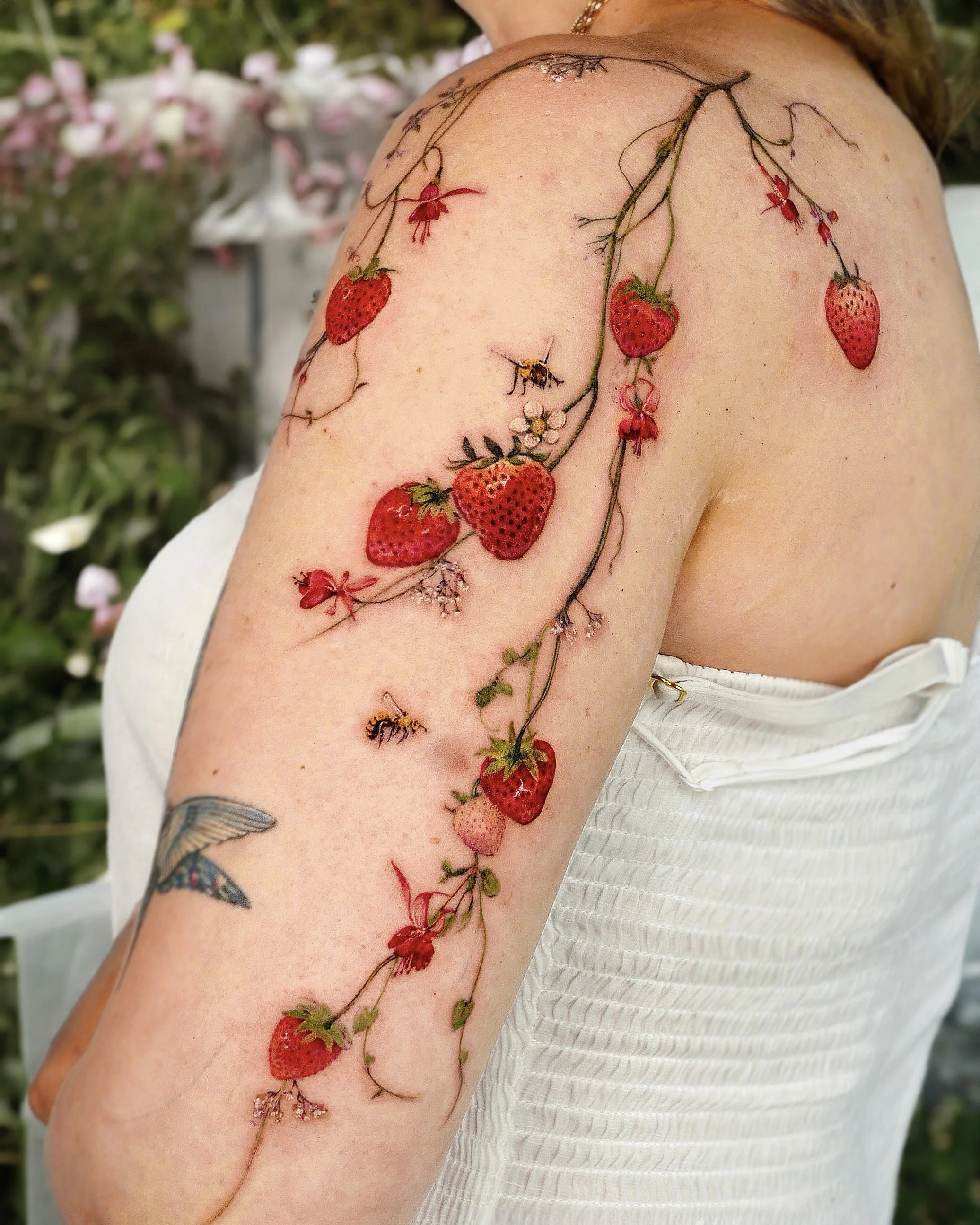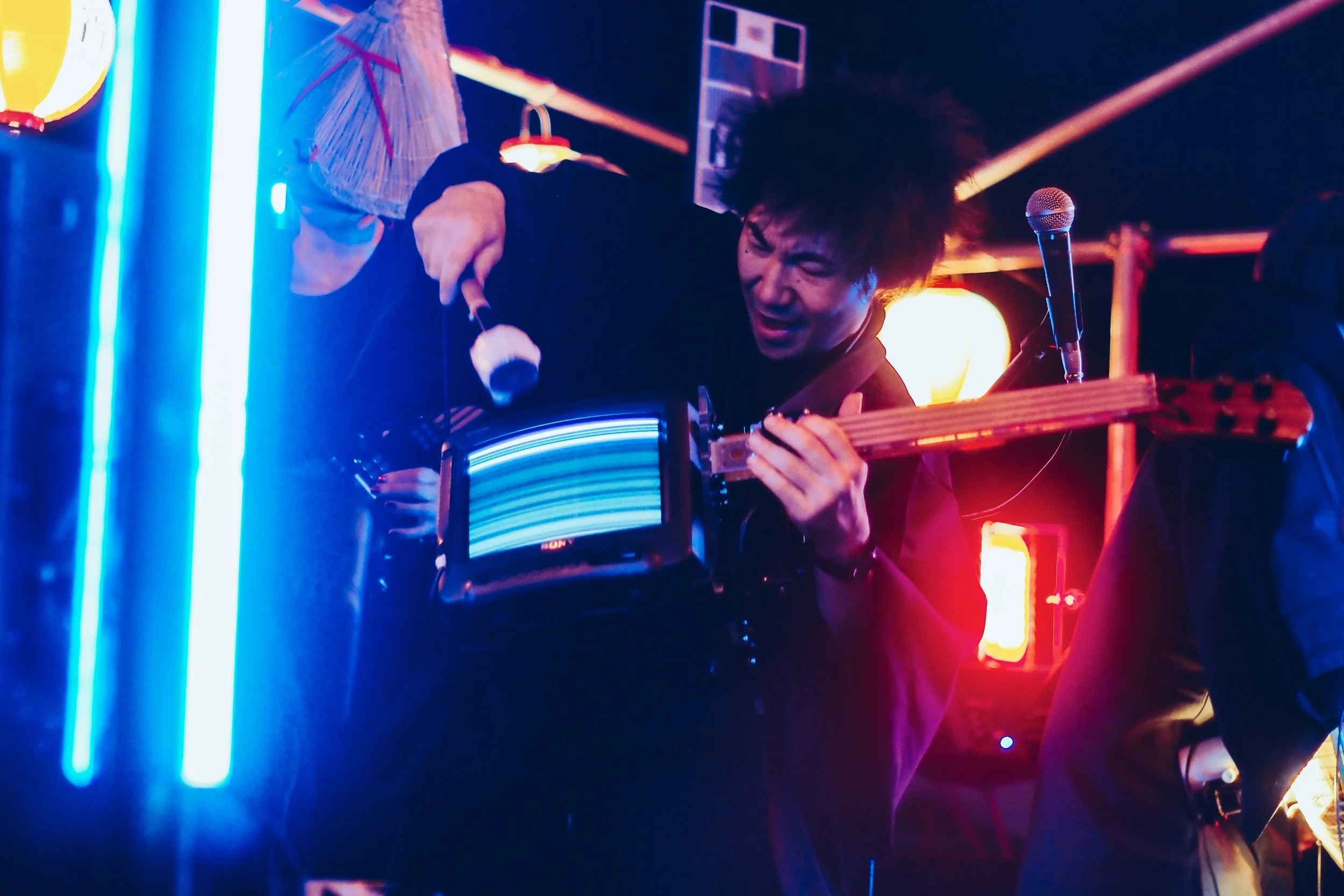Marcos Chin: Visual Storyteller, Queer Dreamweaver, and Accidental Icon of NYC’s Lustiest Subway Ads
If you’ve ever sat in a rattling NYC subway car and found yourself low-key aroused by an ad for online dating, congratulations, you’ve been seduced by Marcos Chin. He’s the man behind those sultry Lavalife billboards that made finding love on a flip phone seem like a viable life choice. But Marcos isn’t just the Picasso of PDA-friendly transit ads. He’s a genre-hopping, intimacy-obsessed illustrator with a thing for skin, spirit, and storytelling. Born in Mozambique, raised in Toronto, and now drawing feelings (and abs) in Brooklyn, Marcos makes art that swerves between the sacred and the suggestive. His work is part graphic novel, part fever dream, part queer devotional, featuring everything from blushing Shibari boys to reimagined Kama Sutras that whisper “we see you” to anyone who’s ever felt invisibly loud. Before the hashtags and hard pivots, Marcos played it safe. Fashion gigs. Corporate clients. Gorgeous stuff, but beige by comparison. Then came the cultural reckoning: MeToo, Black Lives Matter, a pandemic, and a personal unbuttoning. Marcos stopped sanding off his queerness and started drawing like he meant it. Now his art is a balm and a banner: tender, unapologetic, and gloriously horny when it needs to be. He doesn’t shout. He seduces. And in a world of digital shrieking, that’s its own quiet revolution.
Irae’s Tattoos Whisper Ancient Truths, Then Smirk and Vanish in Gold Dust
Irae didn’t stumble into tattooing. She kicked the door open mid-sentence. One minute she’s studying food engineering in Seoul (because life loves a plot twist), the next she’s in her bedroom, tattoo machine in hand, chasing linework like it owed her money. What started as a side quest turned into a full-blown obsession. No mentors. No backup. Just pure, undiluted curiosity and a faint whiff of rebellion. It wasn’t some eat-pray-ink moment. It was messier, hungrier. Less “choose joy,” more “what happens if I stab pigment into my future?” Turns out: magic happens. Controlled. Composed. Cosmic. Irae tattoos like a monk with a mean streak - all meditative restraint until suddenly, boom, you’ve got a blue-and-gold sigil vibrating on your forearm like a sacred spell disguised as good taste. Her favourite colour is blue. Not for any pretentious art school reason. She just likes it. Gold? That’s a nod to her mentor and a flex for your optic nerves. Together, they shimmer like she’s dragging sunlight through water and calling it linework. She’s allergic to ego but addicted to growth. She’s strict with her time, loose with her limits, and treats skin like a diary she only writes in when the moon is right. Her station? A temple. Her mindset? Butterfly emerging from a cocoon of burnout and self-doubt. Irae doesn’t just tattoo people. She tattoos through them. And somewhere in the hum of that machine, she’s still just trying to get better. Lucky us.
Elizabeth Root Blackmer Worships at the Window Where Crystals Become Galaxies Before Breakfast
Before the sun wakes and before the coffee’s even gurgled, Elizabeth Root Blackmer is already knee-deep in frost spells and cosmic microdramas, shot through the frozen breath of her Maine farmhouse windows. Frost Crystals, her shimmering series of ephemeral ice glyphs, feels less like photography and more like quiet worship. These aren’t your “ooh, pretty frost” moments. These are glacial mandalas made by weather gods who moonlight as minimalist sculptors. Each dawn becomes a time trial with entropy: hurry, the planet’s already melting. Blackmer doesn’t just document frost; she communes with it. The ambiguity of scale - Is this an inch of window or a NASA flyover? - pulls you in like an ice-flecked koan. And just when you think you’ve got a grip, it melts. She doesn’t photograph frost. She collaborates with it. And she does it before breakfast. Look long enough, and your brain starts to hallucinate meaning. A fern? A constellation? A roadmap to wherever patience lives? Maybe. Or maybe it’s just the universe whispering through a windowpane: I made this for no reason at all. You’re welcome.
Song.E’s Tattoos Feel Like Nature is Flirting with you in Gentle Mid-Pollination
If Lisa Frank dropped acid in a botanical garden and became a Korean tattoo artist, the result might look like Song.E’s portfolio. Based in Hapjeong, Seoul, Song.E (aka Shin Song Eun) is a master of microscopic florals: delicate, fluttering tattoos that look like they’re mid-sigh. Her work doesn’t scream; it leans in and politely blows you a kiss. Her tattoo journey started like most modern obsessions: scrolling. One hyper-detailed design later and, boom, obsession unlocked. She trained daily under @soltattoo until her lines were smoother than a K-drama plot twist. Her aesthetic? Botanical garden meets ballet. Small, airy, unapologetically pretty. While others chase blackwork drama, she conducts symphonies in pastel pink and baby mint, proving soft isn’t weak. She loves a “fluttering flower.” Not a euphemism. Just tiny blooms that genuinely look like they’re caught in a breeze or gossiping among themselves. And while people assume small = quick, Song.E knows better. These things take patience. Microscopic witchcraft. She’s inked clients who waited literal years. Somehow, it’s worth it. Getting tattooed by her feels less like inking, more like being gently pollinated by a pastel ghost.
Photo credit: minami
Ei Wada Reanimates Dead Tech Into Glorious, Glitchy, Noise-Worshipping Frankenbands
Ei Wada grew up believing machines could sing. And he’s spent the rest of his life proving it. Equal parts inventor, performer, and sci-fi folklorist, the Tokyo-based artist-musician takes yesterday’s tech and jolts it back to life with glitchy, ecstatic sound. It’s not about nostalgia. It’s about resurrection. Broken barcode scanners, discarded CRT TVs, reel-to-reel tape decks: in Wada’s hands, these are no longer junk. They’re bandmates. His early vision was wild - a dream of a crab-legged tower hosting a fantastical music festival powered by obsolete electronics. Told it was impossible, he decided to make it real. In 2009, he founded Open Reel Ensemble, transforming old tape machines into expressive, percussive instruments. A year later, he debuted the Braun Tube Jazz Band (aka “TV Drums”), banging out rhythms on CRTs like some cyberpunk Gene Krupa. The result? Japan Media Arts Festival awards. International exhibitions. Paris fashion week scores. But Wada wasn’t done. In 2015, he launched ELECTRONICOS FANTASTICOS!, a sprawling project that turns dead appliances into living instruments with the help of over 150 collaborators. Think orchestras of fans, choirs of scanners, symphonies of electromagnetic chaos, all born from the idea that discarded tech still has stories to tell. Wada isn’t just remixing the analog past. He’s creating a whole new genre: Native Electromagnetic Music. It’s weird, wired, and wildly alive. And it makes you wonder: what else are we throwing away that could still dance, scream, and sing?
What Even Is This?
Neon Vandal is compiled, curated, and occasionally caffeinated by Zolton, co-founder of mid-2000s art-culture troublemaker Lost At E Minor. Think of it as the cousin who never left the art fair, stole the sharpies, and started its own cult. Still fringe-obsessed. Still algorithm-allergic. Still poking around for the bold, the bright, and the beautifully unhinged. We like our fonts hand-drawn, our artists unsupervised, and our culture with one eyebrow permanently raised. No ads. No pay-to-play. No snack-branded playlists pretending to be edgy. Just strange obsessions, creative misfits, and the occasional holy moment disguised as a zine. This is for the curious, the stubborn, the night-scrollers, the colour-drunk, and anyone who’s ever whispered “what the hell is that?” and meant it as a compliment. We’re not here to explain the art. We’re here to get it under your skin.








